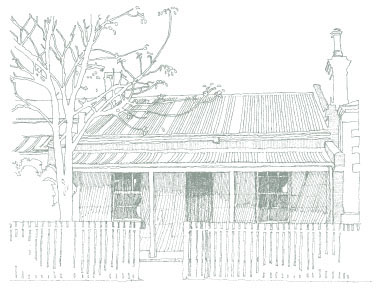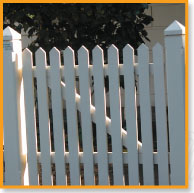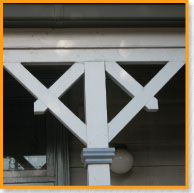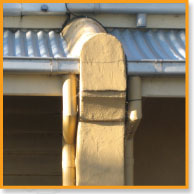
OUTSIDE: > pitched, hipped roofs of timber shingles, slate or corrugated iron > walls either: face brick, often from local brick making works; or rendered, often ruled into blocks to look like stone weatherboards, usually square-edged but sometimes with a beaded edge > windows, timber generally with small section sizes; often double-hung but sometimes side opening casements; centrally placed > limited ornamentation |

|
GARDEN: > fences made of simple pickets > a great variety of vegetables and fruit trees, a limited range of ornamental plants
|

|
INSIDE: > moulded skirtings and architraves, but ceilings often unadorned, with any cornices fairly small and limited to front rooms > usually plaster on walls, sometimes timber lining boards > hessian covered with wallpaper or painted finishes to walls
|

|
COLOUR & DESIGN NOTES: > roofs natural slate or shingles, galvanised metal sometimes painted to match slate > external walls generally variations of cream and brown with trims matching wood colours > brickwork usually rendered and possibly lime-washed, or painted weatherboards
|

|
EXTERIOR COLOURS: |
||||
Light Stone |
Biscuit |
Earth |
Terracotta |
|
DETAIL COLOURS: |
||||
Deep Brunswick |
Light Cream |
Brown |
Deep Indian Red |
|
HISTORY: > first land sales in Melbourne in 1837 > Melbourne Building Act passed in 1849 ensures improved standards of construction > 1851 Victoria separates from New South Wales > gold is discovered in 1851, shortly after separation > by 1860 early suburbs such as Fitzroy, Collingwood, Richmond and St Kilda are well established and are soon to be joined by the newer suburbs such as North Melbourne (Hotham), South Melbourne (Emerald Hill), Essendon and Hawthorn |
